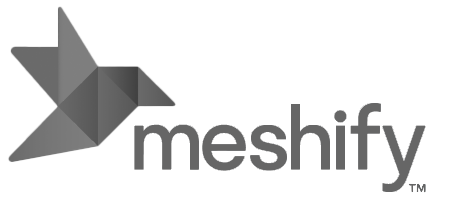






Meshify Defender Sensor
Meshify (a subsidiary of global insurance company HSB), builds IoT technologies that predict and prevent property and equipment risks. Key to this endeavor is a suite of sensors that can monitor various environmental parameters (temperature, humidity, standing water, etc.) and relay this information to the cloud to allow for proactive actions to protect property in case of a problem. Meshify approached Pump Studios with a basic industrial design concept and proven IoT hardware design, needing assistance in integrating the two.
Pump worked closely with Meshify’s hardware engineers to package their technology, while maintaining the compact, and unique industrial design. Throughout development, and multiple rounds of prototype and testing, Pump developed a mechanical approach that walks the delicate line of allowing sensors to detect the environment around them while protecting the sensing hardware from the potentially harsh environment. The ultimate design is a compact, durable family of enclosures that can support multiple types of sensors, and allow for a range of mounting options, easy servicing, and intuitive interactions. Pump supported the development from early mechanical concepts through beta production, including validating mechanical performance and working with hardware teams to ensure the platform is flexible enough to support future sensor architectures if needed.
Contributions
- Mechanical Architecture
- Concept Development
- Detail Design
- Testing / Refinement
- Prototype / Production Support
